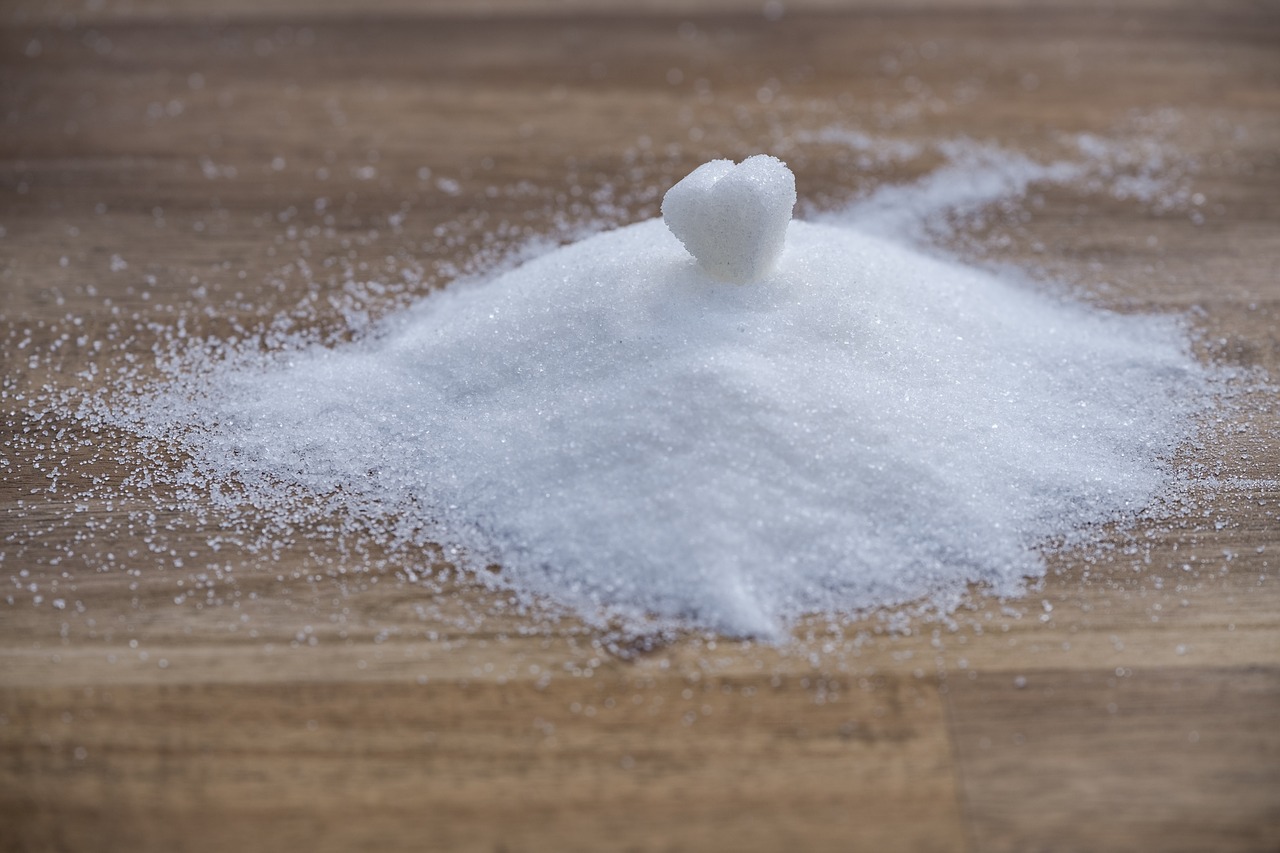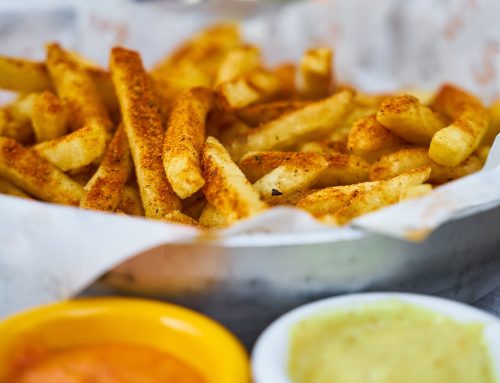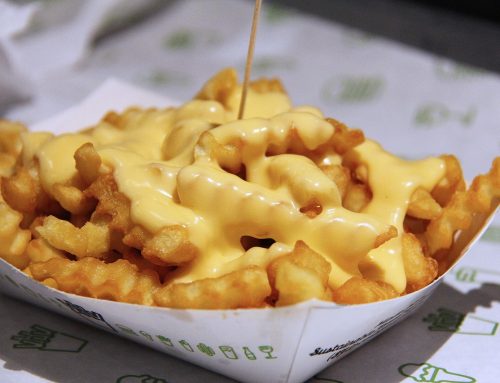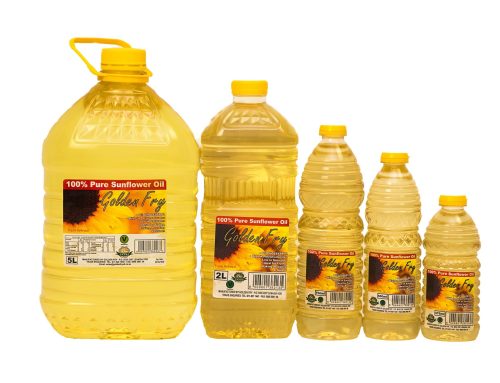In today’s history lesson we will be looking at the one item that we all crave at some point but in fact don’t need in our bodies, and that is sugar.
Evidence from plant remnants and DNA suggests that sugarcane evolved in South East Asia. Researchers are currently hunting for early evidence of sugarcane cultivation at the Kuk Swamp in Papua New Guinea, where the domestication of related crops.
The first chemically refined sugar appeared on the scene in India about 2,500 years ago. The first place to cultivate sugarcane explicitly for large-scale refinement and trade was the Atlantic island of Madeira, during the late 15th century.
Then, it was the Portuguese who realised that new and favourable conditions for sugar plantations existed in Brazil. When Brazilian sugarcane was introduced in the Caribbean, shortly before 1647, it led to the growth of the industry which came to feed the sugar craving of Western Europe.
There was a huge demand for labour to cultivate the massive sugar plantations in Brazil and the Caribbean.
The story of sugar continues and mass consumption then became a part of industry and households from the mid seventeenth century and probably even until today. It is the overwhelming consumption in excess that created the health risks we associate with them today. Remember anything should be done in moderation to form part of a healthy lifestyle. Too much of something is never a good thing but you should still balance your lifestyle and enjoy the sweeter things in life.
in the 21st century, the grip of sugar is stronger because it is added to many baked goods and the foundation of sweets. Sugar, though, plays a huge role in our world’s economy and forms a big part of many a cultural heritage.
Sugar has become such a big part of our day to day lives that we couldn’t even imagine a life without it!







